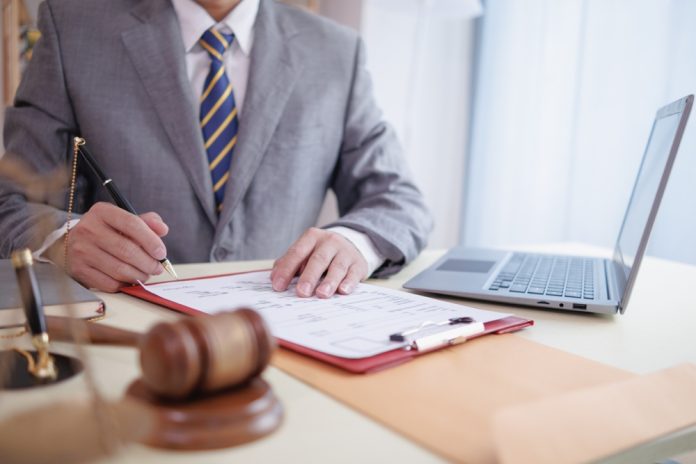
Personal injury lawsuits often turn on evidence that is created at the scene of the alleged injury. A business’s ability to dispute liability and assert proper defenses during litigation is often contingent on steps taken by the business immediately after an injury-inducing event occurs.
Best Practices to Follow in the Event of a Lawsuit
In order to best position themselves for a potential lawsuit, businesses should follow these basic steps: (i) deploy a control team, (ii) prevent further injury, (iii) avoid harmful admissions, and (iv) memorialize the incident.
A reliable control team is crucial to effective incident response. Ideally, the control team should consist of a small nucleus of management-level employees who are well-versed in proper incident response. The team should understand that their actions (or inaction) have implications for a potential impending lawsuit. Narrowing the control team to the same two or three well-trained employees not only facilitates a reliable and predictable response but also limits the number of employee witnesses eligible for deposition in a lawsuit. Limited fact witnesses reduce the likelihood of conflicting and potentially adverse testimony.
Assuming a guest has sustained an actual injury, it is imperative to mitigate the injury to the greatest extent possible and prevent further injury. The abundance of caution dictates that the business call for emergency help. A business’s employees are typically not qualified to assess and treat injury severity; it is best to leave medical care to medical professionals. However, allow any on-staff certified care providers to administer superficial aid, such as bandaging. Importantly, summoning emergency medical help makes for good optics for a jury by illustrating the business’s diligence, professionalism, and compassion.
Equally as important as attending to the guest is attending to the potential hazard. The control team should isolate, document, and remedy the hazard to avert any potential further injury to other guests. Isolate the incident area from guest traffic by using caution tape or cones. Once the hazard is isolated, document it and remedy it. For example, photograph and then dry the spilled liquid upon which a guest claims to have slipped and fallen.
The control team should avoid any potentially incriminating statements. While attending to the guest and the incident scene, the control team should avoid discussing the cause of the incident, reprimanding employees at the incident scene, or admitting that its employees caused the incident. While it is important to be sympathetic and compassionate to the injured guest, employees should not apologize for the incident or offer to pay for medical expenses.
After the control team has attended to the guest and incident scene, a team member should prepare a report to memorialize the incident. The report serves as an important reference tool should the incident evolve into a lawsuit. Under most circumstances, businesses are not required to produce the report in a lawsuit so long as it was prepared in anticipation of litigation. A comprehensive report should include the following information: alleged injury, suspected cause of injury, whether the guest requested/accepted emergency services, the existence of photographs/video, and any witness statements. In tandem with preparing an incident report, a team member should save any video surveillance of the incident. Unlike the incident report, video surveillance must be produced in a lawsuit, and failure to preserve surveillance could result in sanctions.
Conclusion
One final thing to keep in mind: All businesses should adopt a comprehensive employee handbook that describes policies geared toward preventing accidents from happening in the first place. The handbook should include things like the dress code for employees, health and safety procedures, equipment procedures, cleaning schedules, procedures for reporting and responding to employee or customer injury, emergency guidelines, and evacuation procedures. Once adopted, periodic training on the policies is a must if there is any hope of the policies being followed during an emergency event. Depending on the business, it often makes sense to train the managers separately from other employees, have separate training sessions for employees grouped by the type of work they do, and go through hands-on exercises so that employees and managers are more likely to remember what they are supposed to do.
Success in defending against a personal injury lawsuit starts with the business’s response to the injury-inducing event. Actions taken during today’s incident have a consequential impact on tomorrow’s lawsuit.
At the time this article was submitted, Justin Guido was an attorney at RumbergerKirk.



